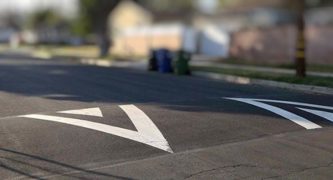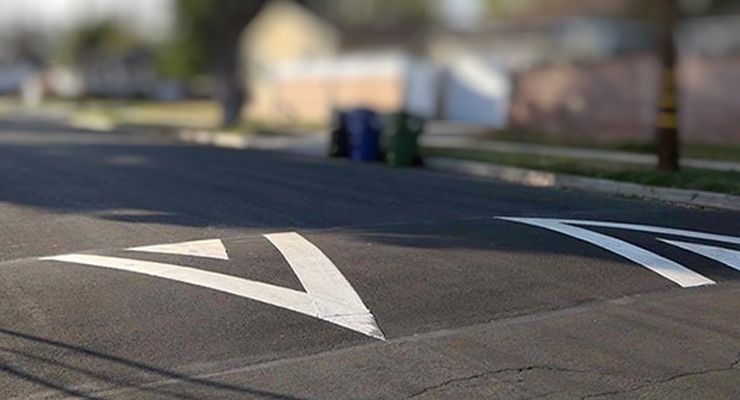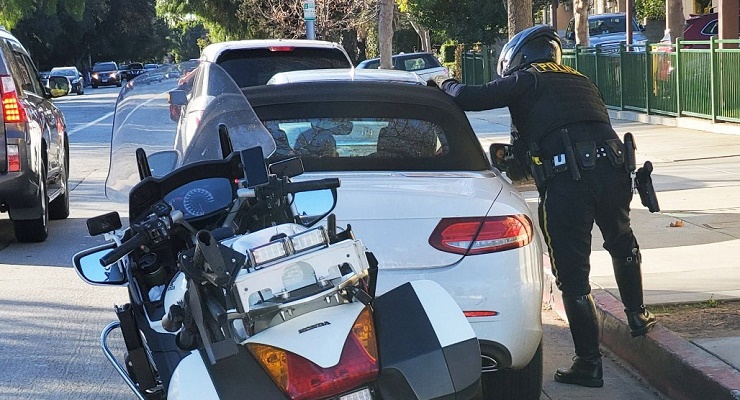The City Council on Monday passed a proposal from the city’s Department of Transportation to make eight residential street segments eligible for speed humps.
Per the proposal, the following streets are now eligible for the excessive speed deterrents.
• Forest Avenue, between Washington Boulevard and Lincoln Avenue.
• Sunset Avenue, between Mountain and Howard streets.
• Two segments of Howard Street — between Arroyo Boulevard and Forest Avenue; and between Lincoln and Raymond avenues.
• Hammond Street, between Lincoln Avenue and Fair Oaks Avenue. Montana Street, between Lincoln and Los Robles avenues.
• Sunnyslope Avenue, between Walnut Street and Del Mar Boulevard.
• San Pasqual Street, between Hill Avenue and east city limit.
City Manager Steve Mermell said during a recent Municipal Services Committee teleconference meeting that residents in those areas have been pressing for street humps to slow the flow of traffic.
“Some community members are anxious to see some of the streets become more eligible,” Mermell told committee members.
However, that would not mean the newly OK’d streets would immediately get the speed humps — only that the segments would be eligible for consideration, subject to a complicated range of requirements.
Among those 19 city requirements are width (one lane in each direction), speed limit (25 mph), the distance between stop signs, less than 5 percent grade, limited curvature, and the amount of daily traffic (at least 1,000 but less than 4,000 vehicles per day).
Also, streets eligible for speed humps cannot be truck or transit routes, cannot be installed “where a significant portion of the traffic will be diverted to nearby residential or local streets,” or be placed where installation might interfere with drainage, according to city guidelines.
In addition, speed humps cannot be installed on streets “used as primary or routine emergency vehicle access routes unless it is considered acceptable to the emergency services,” according to the guidelines.
“While the proposed change to the Speed Hump Policy would make these streets eligible for speed humps, the street segments would still need to be evaluated in detail utilizing the entire process defined in the Speed Hump Policy,” Cornejo’s report states.
A formal request to install speed humps along any of the streets falling under the proposed changes would need to be submitted by a resident of a given street segment. Should the segment meet all the city’s criteria, speed hump installation would still hinge on a two-thirds vote in favor of the humps from the households along the segment, the report said.
The city receives about 30 requests for speed humps per year, with less than 10 percent qualifying for a vote by residents, the city DOT report says. Between July 2017 and June 2020, 87 requests were received by the city, and 10 met all the physical requirements – but only two received enough votes from residents for eventual installation.
The “Pasadena Street Types Plan,” which would be amended should the council approve the city DOT’s recommendation, was adopted in March 2014. The plan is “the organizing framework around which street and sidewalk design guidelines are built that will make Pasadena more walkable and bike-friendly in support of the city’s adopted sustainability goals.’’














 0 comments
0 comments



